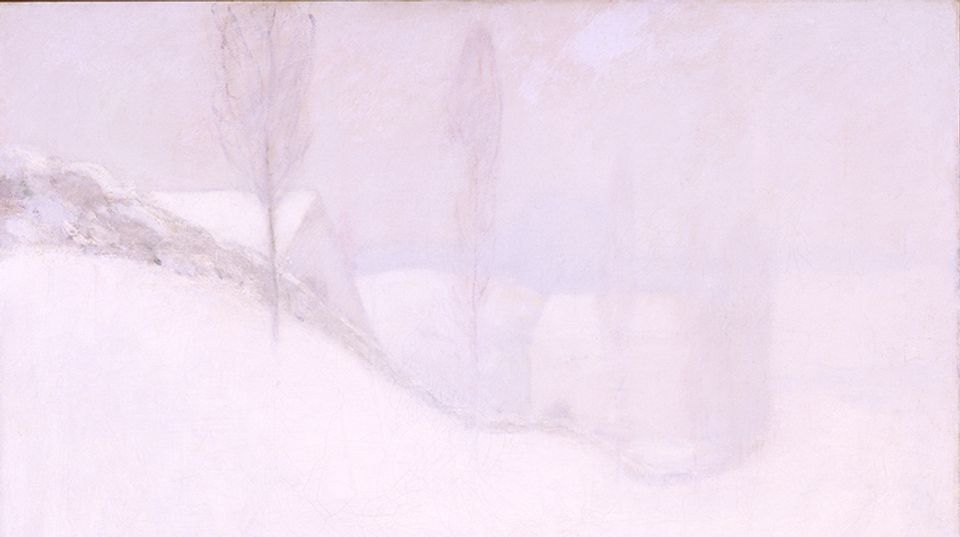
This blog post is part of a monthly Eye Level feature on our exhibition The Civil War and American Art. Curator Eleanor Harvey talks about many of the important intersections between American art and the Civil War. The exhibition runs through April 28, 2013.
Not long after Lincoln's Emancipation Proclamation went into effect on the first day of 1863, artist Eastman Johnson composed the small painting shown here. Entitled The Lord Is My Shepherd, it portrays a young black man reading the Bible intently. He may well be a former slave, and reading scripture could signal his newfound freedom. Slaves in the South were not supposed to read or write, and there were laws against teaching them to do so. As a writer for Harper's Weekly observed, "The alphabet is an abolitionist. If you would keep a people enslaved, refuse to teach them to read." Literacy allowed former slaves to declare their independence and assert their intellect. The Bible was a natural starting point as many African Americans, whether enslaved or free, were already steeped in scripture orally.
The painting's title evokes the comforting words of the Psalms. But the book on this man's lap is not open to the Psalms, which are in the middle of the Bible. Rather, he is reading from the front, where the book of Exodus offers a compelling message for those who have endured slavery: "Let my people go." Exodus runs like a river through the stories of African Americans who escaped from bondage. They drew parallels between plantation overseers and Pharaoh, and between those inspired men and women who helped slaves attain freedom—such as Sojourner Truth, Harriet Tubman, and Frederick Douglass—and Moses, who shepherded his people out of Egypt to the Promised Land. Many abolitionists heeded such biblical lessons and believed that Lincoln was fulfilling a moral imperative when he issued the Emancipation Proclamation and opposed a slave system that denied people the right affirmed in this painting: access to the liberating power of the written word.
The Civil War and American Art runs through April 28, 2013.


















